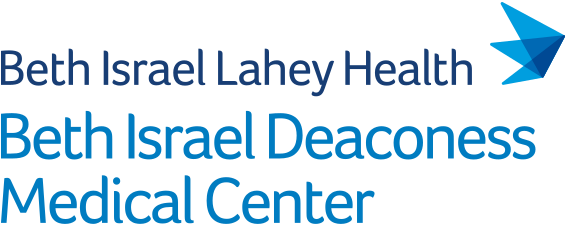PURPOSE: There are limited existing data on the lymphatic anatomy of patients with primary lymphedema (LED), which is caused by aberrant development of lymphatic channels. In addition, there is a paucity of contemporary studies that use groin intranodal lymphangiography (IL) to evaluate LED anatomy. The purpose of this retrospective observational study was to better delineate the disease process and anatomy of primary LED using groin IL.
MATERIALS AND METHODS: We identified common groin IL findings in a cohort of 17 primary LED patients performed between 1/1/2017 and 1/31/2022 at a single institution. These patients were clinically determined to have primary lymphedema and demonstrated associated findings on lower extremity MR and lymphoscintigraphy.
RESULTS: Ten patients (59%) demonstrated irregular lymph node morphology or a paucity of lymph nodes on the more symptomatic laterality. Eight patients (47%) demonstrated lymphovenous shunting from pre-existing anastomoses between the lymphatic and venous systems. Eight patients (47%) demonstrated passage of contrast past midline to the contralateral lymphatics. Finally, 12 patients (71%) failed to opacify the cisterna chyli and thoracic duct on their initial lymphangiograms. Delayed computed tomography of 3 patients showed eventual central lymphatic opacification up to the renal veins, but none of these patients showed central lymphatic opacification to the thorax.
CONCLUSION: This descriptive, exploratory study demonstrates common central groin IL findings in primary LED to highlight patterns interventional radiologists should identify and report when addressing primary LED.
